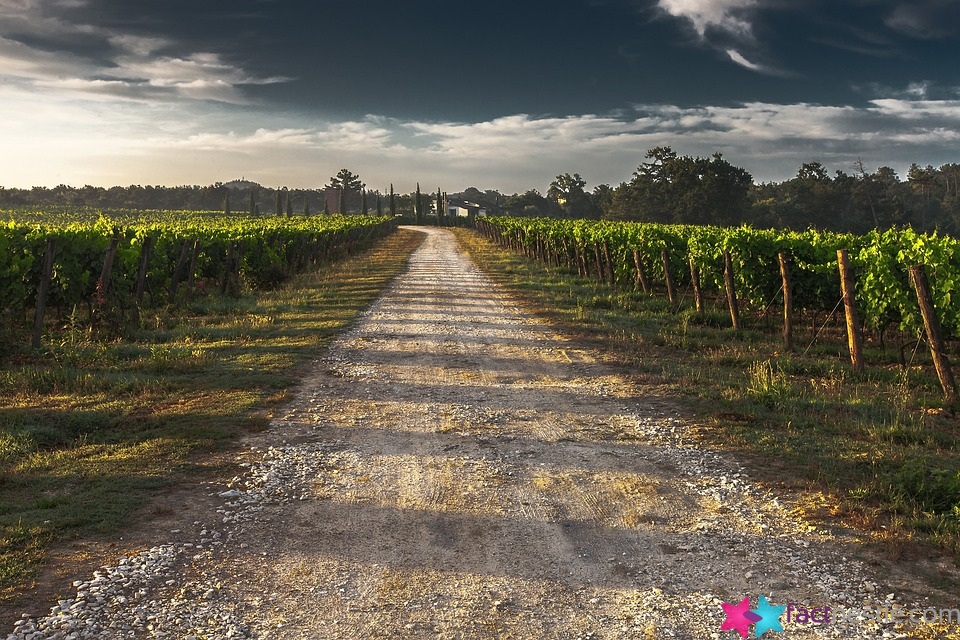From Seed to Harvest: Understanding the Life Cycle of Crops
Introduction
The life cycle of crops is a fascinating journey from the moment a seed is planted to the final stage of harvest. Understanding this process is essential for anyone involved in agriculture, whether it be large-scale farming or home gardening. From the initial growth stages to the maturation of the plant, each phase plays a crucial role in the overall success of the crop.
Stages of the Crop Life Cycle
Germination
The life cycle of a crop begins with the germination of the seed. Under the right conditions of moisture, warmth, and oxygen, the seed begins to sprout and emerge from the soil. This marks the start of the plant’s growth and development.
Vegetative Growth
During this stage, the plant focuses on building a strong foundation of leaves, stems, and roots. It is a crucial period for the plant’s overall health and determines its ability to produce a successful harvest.
Reproductive Growth
Once the plant reaches a certain level of maturity, it transitions into the reproductive growth stage. This is when flowers begin to bloom, and the plant starts producing fruits or seeds, depending on the type of crop.
Ripening
As the flowers are pollinated and the fruits or seeds begin to develop, the plant enters the ripening stage. This is when the crop reaches its peak in terms of flavor, size, and nutritional value.
Harvest
The final stage of the crop’s life cycle is the harvest. It is the culmination of all the hard work put into nurturing the plant throughout its growth stages. Depending on the crop, the harvest may involve picking fruits, pulling up roots, or cutting down the plant for its seeds.
Factors Affecting the Crop Life Cycle
Climate and Weather
The climate and weather conditions play a significant role in the life cycle of crops. The amount of sunlight, temperature, and precipitation can greatly influence the growth and development of the plant.
Soil Quality
The quality of the soil, including its texture, nutrients, and pH levels, can impact the crop’s ability to thrive. A healthy soil environment is essential for supporting the plant’s roots and overall nutritional needs.
Pest and Disease Management
Pests and diseases can pose a threat to the crop at various stages of its life cycle. Proper management and control measures are essential to protect the plant from potential damage.
Water Management
The availability of water is crucial for the plant’s growth and development. Proper irrigation and water management practices are necessary to ensure the crop has an adequate water supply throughout its life cycle.
Genetics and Variety Selection
The choice of crop variety and genetics can greatly influence the success of the crop. Some varieties may be more adapted to certain environmental conditions or may have specific traits that make them more suitable for a particular purpose.
Conclusion
Understanding the life cycle of crops is essential for anyone involved in agriculture. From the initial stages of germination to the final moments of harvest, each phase plays a crucial role in determining the overall success of the crop. Factors such as climate, soil quality, pest and disease management, water, and genetics all contribute to the plant’s growth and development. By gaining a deeper understanding of these factors, farmers and gardeners can optimize their practices to ensure a successful crop yield.
FAQs
1. What is the difference between annual, biennial, and perennial crops?
2. How do you determine when a crop is ready for harvest?
3. What are some common pests and diseases that can affect crops?
4. How do you prepare the soil for planting a new crop?
5. Can the life cycle of a crop be affected by environmental changes?
6. What are some common irrigation methods used in crop production?
7. How do you select the right crop variety for your specific growing conditions?
8. What role do pollinators play in the reproductive growth stage of crops?
9. What are some sustainable practices for managing pests and diseases in crops?
10. How can crop rotation benefit the overall health of the soil and the success of future crops?



